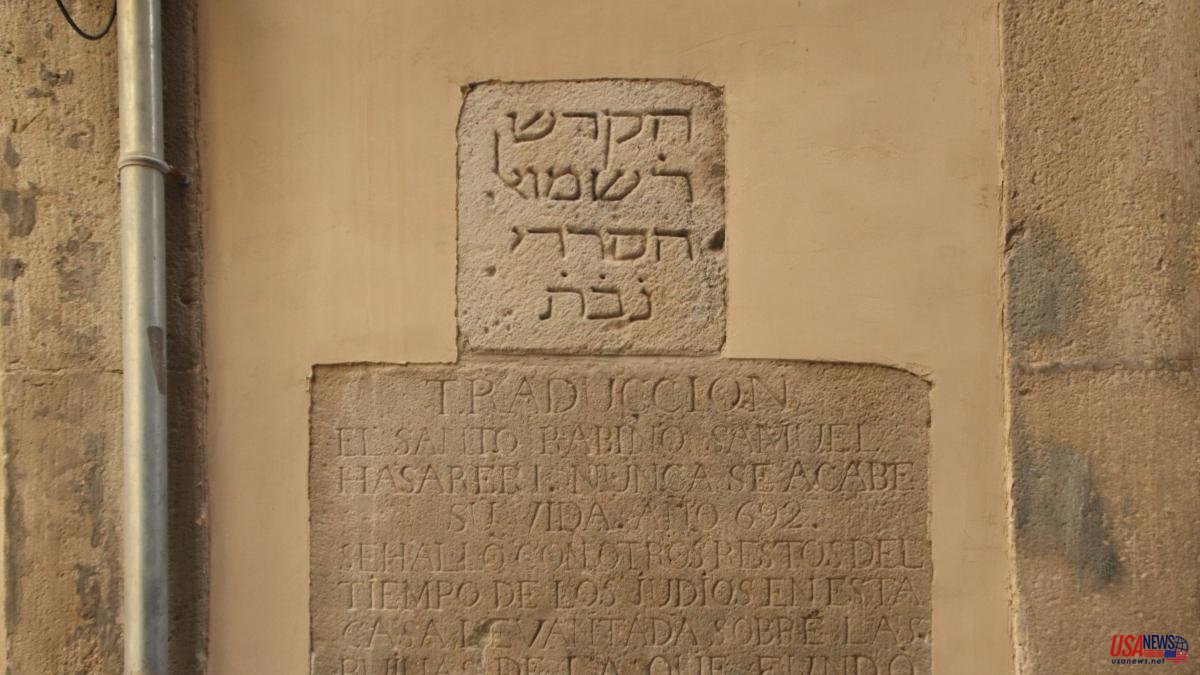The Jewish quarter of Barcelona had a charitable hospital in the 13th century. This is deduced from the tombstone written in Hebrew that can be seen at number 1 Marlet Street, in the heart of the old Jewish quarter of Barcelona. The tombstone shows the donation made by Samuel Hassardí, a wealthy merchant who is supposed to have been born at the end of the 12th century and died in the middle of the 13th century.
In fact, the tombstone is a copy of the original, found during some works in 1820. The authentic one is kept in the Museu d'Història de la Ciutat. The reproduction was placed in 1981. According to specialists, Samuel Hassadí was an important member of the Jewish community in Barcelona who accumulated a large heritage and land. In addition to being a merchant, he was also a writer. Only one of his works survives, a compendium of civil and commercial jurisprudence from 1223.
Today, the Call, or Jewish quarter, is integrated into the Gòtic quarter. It was inhabited by the Jewish community until 1391, when there was an anti-Jewish revolt in Barcelona that ended with the assault on the Call. The Jews who were not killed were forced to convert to Christianity. Others fled and dispersed in various towns.
Marlet Street, where the tombstone is located, is in the heart of the old Call. Its name does not have a Hebrew origin, but corresponds to the surname of a Christian family that is supposed to have settled in the street in the fifteenth century, once the Jews had abandoned their neighborhood.
Also on Marlet Street, at number 5, is what was for some the largest synagogue of the Call, although there is not enough evidence to corroborate this fact. Even so, in 1995, the building was acquired by the Associació Call de Barcelona to restore it and recover the synagogue, which would be one of the oldest in Spain and Europe. What is known is that this building was already dedicated to the cult of the Jews in the year 212 after Jesus Christ thanks to an authorization from the Roman emperor Caracalla.













